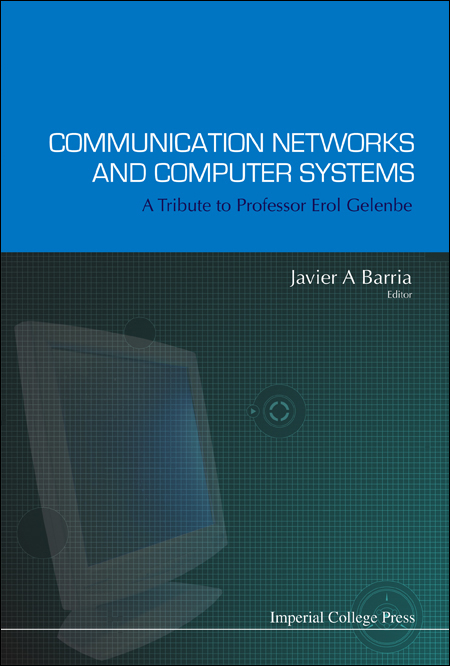Aggregation Methods for Cross-Layer Simulations
The behaviour of ad hoc networks is very difficult to predict due to its dynamic characteristics. In this chapter we assess the relevance of including inter-layer interactions to analyse quality of service (QoS) issues in wireless networks so that upper layer(s) processes could take into account the performance of the lower layer when, for example, selecting paths which provide some QoS guaranties. These interactions introduce time-level-space-scale dependencies. Moreover, mobility of such systems make an experimental approach, based on measurements and testing, time consuming. Hence, we advocated that analytic or simulation techniques could be developed instead. Aggregation techniques have been widely proposed to solve large scaled and complex systems and in this chapter we study their suitability in a cross-layer simulator environment.



